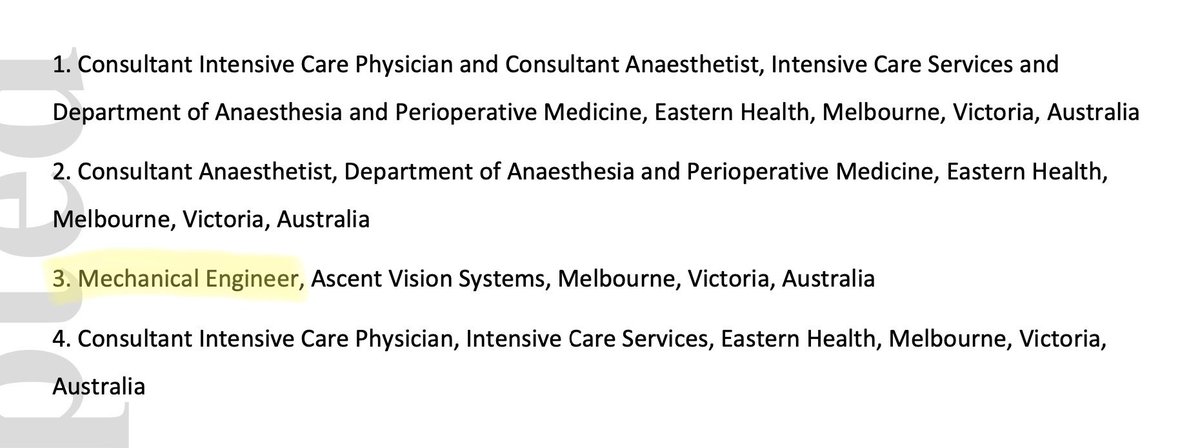
Military Anaesthetist & Intensive Care Physician.
@SafeAirway. @Anaes_Reports. @Monash_FMNHS.
Tweets my own; don't represent any organisation.
How to get URL link on X (Twitter) App




https://twitter.com/rupert_pearse/status/1273266740059951104And while people who were involved in recruiting for the study may feel like they can evaluate it just from a 3-line summary, it shouldn’t surprise anyone that those of us elsewhere do not feel that a press release is enough for us to decide to safely change our practice.
https://twitter.com/jblascarrou/status/1272938313951911939

https://twitter.com/Anaes_Journal/status/1270611658222657536?s=20@IntubateCovid used (and still uses) an online app to prospectively record clinicians' exposures to intubating suspected or actual COVID-19 patients, and then follow to see which developed symptoms and/or the disease.

https://twitter.com/trishgreenhalgh/status/1244249951997177856Firstly, it seems obvious that intubations will be more difficult with these, but some people are very surprised at just how difficult it is in reality!



 #ASM19KL
#ASM19KL 

 Very high risk tolerance, but lots of unknown unknowns too.
Very high risk tolerance, but lots of unknown unknowns too.